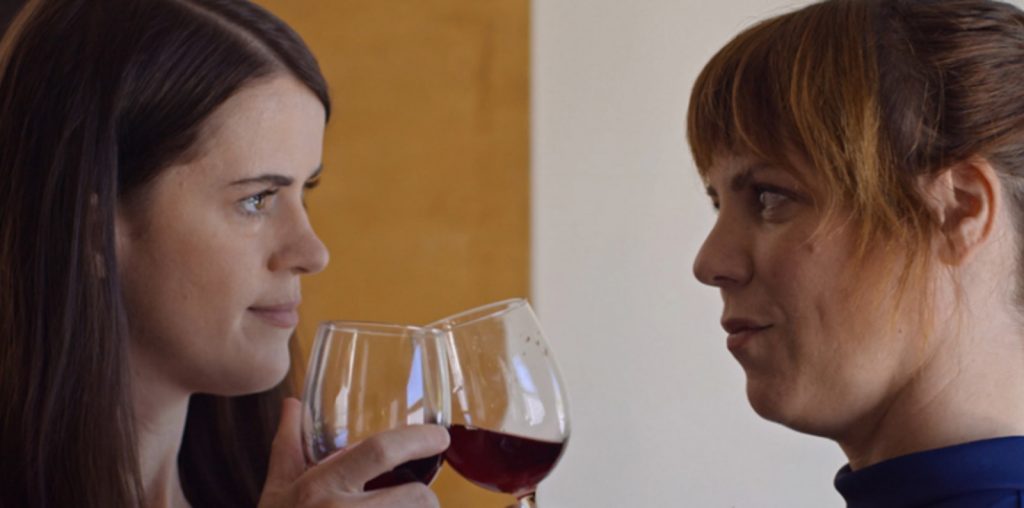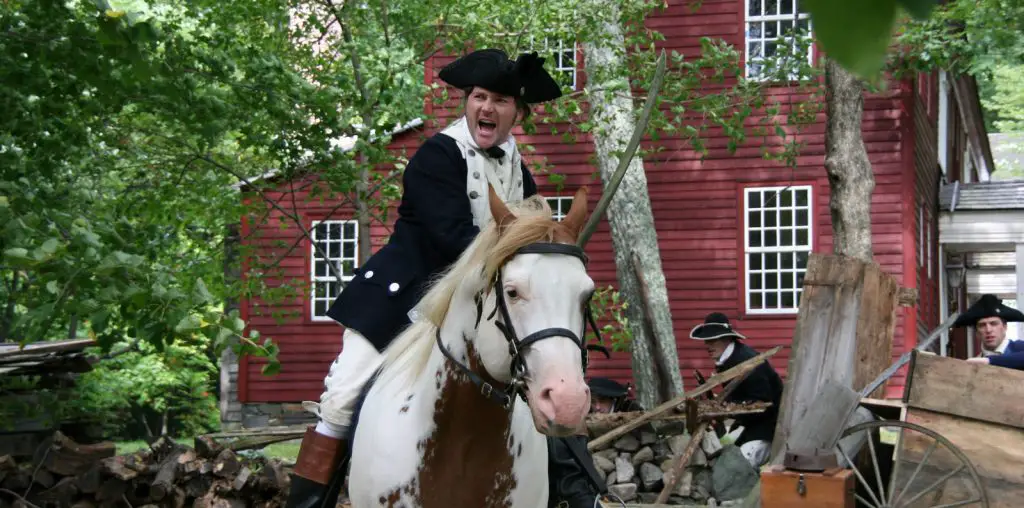
Welcome to Going Bionic, #196. Before we get started, I’d like to take a moment to acknowledge today as being the 28th anniversary of the Space Shuttle Challenger exploding 73 seconds after it launched from the Kennedy Space Center in Cape Canaveral, Florida. I will always remember January 28, 1986, because I watched the Challenger tragedy live on TV, from my twelfth grade American Government class in high school in Overland Park, Kansas. I still remember a collective gasp rippling through the classroom, as my fellow classmates and I we were all too stunned to speak for a few timeless moments. Simply put, watching Challenger flame out into the mid-morning sky was one of the most haunting memories of my life. So, here’s to the seven flight crew members of space shuttle Challenger; may they rest in peace.
Now we can return to our regularly schedule column, which is already in progress…
With the 30th edition of the Sundance Film Festival having just wrapped up in Park City, more than just their wonderfully eclectic program affected the world of independent cinema. This year, Sundance revealed a marked shift in how indie films are acquired and distributed. Just like we predicted a few weeks ago in Going Bionic, #194, Sundance 2014 has certainly set the “rules of engagement” for how independent films are acquired. Thus, today we’re discussing three trends that have immediately reshaped our indie world.
Say Goodbye to Lottery Ticket Paydays
Gone are the days of the $10 million dollar sale at Sundance. Hell, gone are the days of the $5 million dollar sale. This year, Lionsgate bought The Skelton Twins for $3.5 million, and that represented the biggest sale in Park City this season. While $3.5 million is nothing to sneeze at, it certainly isn’t the $9.75 million Fox Searchlight paid for The Way, Way, Back at last year’s Sundance. Then again, that picture pretty much tanked by only earning $23.198 million in worldwide box office sales. Thus, an industry-wide reduction in acquisition prices at this year’s Sundance was more than warranted. Furthermore, with Sony Studios announcing last December that they were reducing their feature film development slate from 23 to 18 in 2014, and with Fox chairman Kevin Reilly recently announcing that his company will soon abandon pilot season for their TV slate, production funds re tighter than ever. Studios and networks are far more cautious about what they will buy and how much they will spend on it, so filmmakers shouldn’t expect a “lottery ticket” payday for the sale of their film. These days, just getting your film distributed is like winning the lottery.
Side Note: I saw The Way, Way, Back on a flight last fall and I loved it. However, how good an independent film is has little to do with how commercial it is. That is the biggest problem each and every distributor has to face when acquiring an indie.
More Films Get Distributed, but Fewer Go Theatrical
Here’s a bit of good news/bad news (mostly good).
The Good: With VOD sales starting to garner a noticeable slice of income for filmmakers, coupled with a steadily increasing number of cable and digital channels available to consumers, distributors are inflicted with a constant need to fill their coffers with new material. Thus, a sizable chunk of films were picked up at Sundance, 2014. This, of course, starts new careers and introduces the world to fresh, new voices in the world of independent cinema, all of which are very big positives.
The Bad: While I don’t think the following is necessarily bad, most filmmakers will: Far fewer indie films will get major theatrical releases. There will be a handful of platform and limited release situations, so the distributors can tell buyers the film was released theatrically, but these days, being theatrically distributed means very little unless your film was a commercial hit.
Thus, you filmmakers out there would be wise to focus on getting distribution and succeeding on the platform your film is released on, instead of holding out for an offer of theatrical distribution. Just remember, nobody can praise your film, unless they have the opportunity to see it first!!!
The “Silent” Era is Back
One of the most revealing trends that emerged out of Sundance this year is how studios and distributors are being very “hush-hush” in the reporting of the price of their Sundance acquisitions. If I know anything about Hollywood, I know that our industry loves to brag about their big deals. Hollywood is notorious for announcing how much an actor or directors getting paid on their upcoming film. Furthermore, every year, Sundance is a hotbed of seven and eight figure acquisition deals for the most coveted new independent films. However, this year, very few film sales shared their acquisition price.
Aside from Lionsgate picking up The Skeleton Twins for $3.5 million, Sony Pictures Classics paying $3 million for Whiplash, Focus Features buying Wish I Was Here for $2.75 million and Lionsgate/CNN plopping down north of $1 million for Dinosaur 13, most other deals failed to mention the acquisitions price. This is because the sale prices were nothing to brag about. The simple rule of thumb here is that if the acquisition price isn’t mentioned in a press release, it isn’t worth mentioning. Again, this shift in how acquired films are presented and marketed to the masses clearly paints a picture of a less cash-rich future for indie films.
When you marry the above trends together, you will find the financial value of indie films may be falling, and the platform on which they are distributed may be changing, but the sum of those parts doesn’t spell doom. In fact, they spell “bloom,” because a greater number of independent visions and voices will find an audience. Remember, as studios make less of their own material, they will trend toward acquiring more material that’s already produced. That, of course, is good news for all independent filmmakers.
Okay, filmmakers. That’s what I have for you today. Now I’m off to New York/New Jersey for my annual birthday trip to the Super Bowl, before I head to the European Film Market/Berlin Film Festival next week. As always, I thank you for lending me your eyes, and I’d be honored to borrow them again next Tuesday. Until then, have a great week!
I can be followed on Twitter @Lonelyseal.


Very interesting write up! What we need to know is if anyone followed Shane Carruth’s model of DIY. Was there anyone going about it?